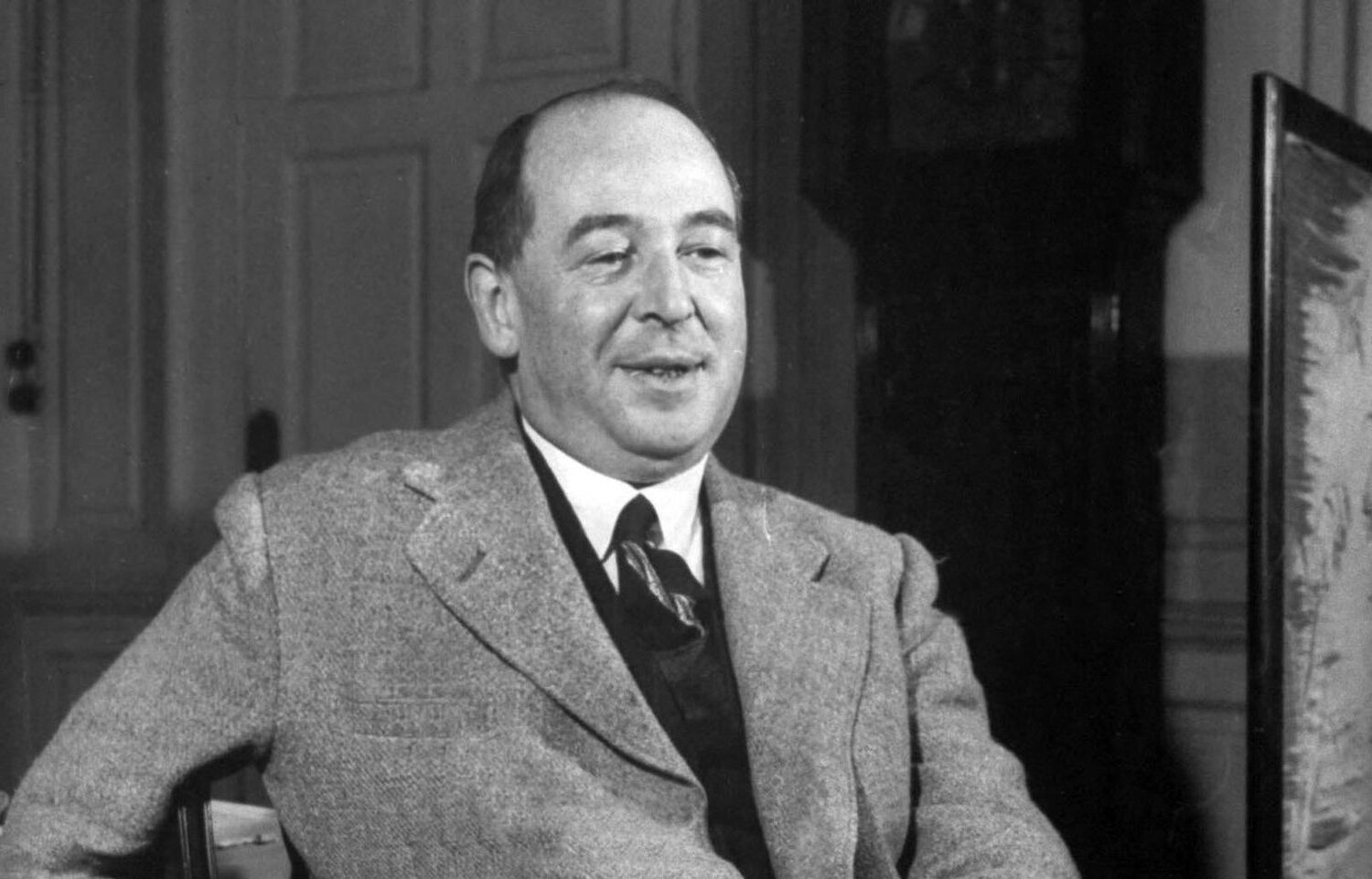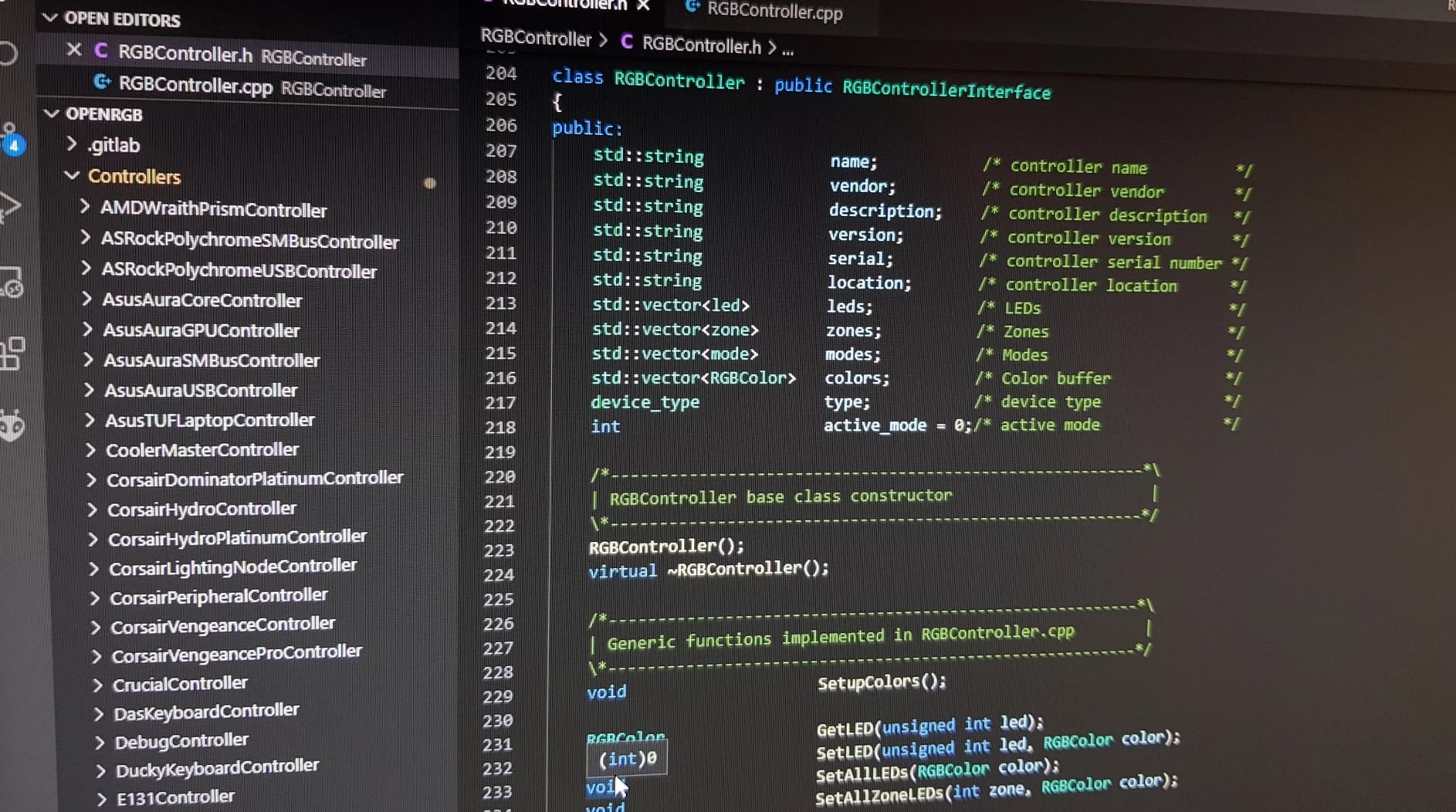
Welcome to the world of “House of Bamboo,” a classic movie that captivated audiences with its thrilling plot and iconic characters. Released in 1955, this crime drama film directed by Samuel Fuller takes viewers on a journey through the gritty underbelly of post-World War II Japan. With its blend of action, suspense, and rich storytelling, “House of Bamboo” has become a beloved piece of cinematic history. In this article, we will delve into 43 fascinating facts about the movie, shedding light on its production, casting choices, behind-the-scenes anecdotes, and enduring legacy. So, grab your popcorn, get comfortable, and let’s dive into the remarkable world of “House of Bamboo.”
Key Takeaways:
- “House of Bamboo” is a classic film noir set in post-World War II Tokyo, featuring thrilling action, stunning visuals, and a gripping storyline that continues to captivate audiences today.
- The movie’s blend of crime, drama, and the clash of cultures between American ex-soldiers and Japanese locals makes “House of Bamboo” a timeless and influential classic in the film noir genre.
House of Bamboo is a 1955 film noir
House of Bamboo is a 1955 film noir directed by Samuel Fuller. It is known for its unique blend of crime drama and classic film noir elements.
The movie was filmed on location in Japan
One interesting fact about House of Bamboo is that it was filmed on location in Japan, giving the movie an authentic and visually stunning backdrop.
The story revolves around a gang of American ex-soldiers
The movie follows the story of a gang of American ex-soldiers who become involved in a series of robberies in post-World War II Tokyo.
Robert Stack plays the lead role
Robert Stack portrays the lead role of Sgt. Eddie Kenner, an Army investigator who goes undercover to infiltrate the criminal gang.
The film features stunning black and white cinematography
House of Bamboo is renowned for its stunning black and white cinematography, which adds to the overall atmospheric and gritty feel of the movie.
The movie explores the clash of cultures
One of the central themes in House of Bamboo is the clash of cultures between the American ex-soldiers and the Japanese locals.
The film was praised for its realistic portrayal of post-war Japan
Critics and audiences alike praised House of Bamboo for its realistic portrayal of post-war Japan, capturing both the devastation and the resilience of the country.
The movie features a thrilling train sequence
House of Bamboo includes a thrilling train sequence, which is considered one of the standout moments of the film.
The film’s score was composed by Leigh Harline
The score for House of Bamboo was composed by Leigh Harline and adds to the tension and suspense of the movie.
The movie was a commercial success
House of Bamboo proved to be a commercial success upon its release, further solidifying its status as a classic film noir.
It was inspired by the real-life Tokyo bank robbery
The plot of House of Bamboo was inspired by the real-life Tokyo bank robbery that occurred in 1949, adding an extra layer of intrigue to the story.
The film was praised for its attention to detail
House of Bamboo received accolades for its meticulous attention to detail, from the set design to the costumes, capturing the essence of 1950s Tokyo.
The movie explores themes of betrayal and loyalty
House of Bamboo delves into themes of betrayal and loyalty, as characters navigate a web of deception and double-crossing.
The film showcased the talents of Japanese actors
House of Bamboo provided a platform for Japanese actors to showcase their talents on an international stage, contributing to the authenticity of the film.
The movie was nominated for a BAFTA Award
House of Bamboo received a nomination for Best Film from any Source at the British Academy Film Awards, highlighting its critical acclaim.
It was remade as a television series
House of Bamboo proved popular enough to be remade as a television series in the 1960s, further cementing its enduring legacy.
The movie features stunning action sequences
House of Bamboo offers thrilling action sequences, including gunfights and chase scenes, keeping audiences on the edge of their seats.
The film explores the dark underbelly of the post-war underworld
House of Bamboo delves into the dark underbelly of the post-war underworld, exposing the corruption and violence that lurks beneath the surface.
The movie has a suspenseful plot twist
House of Bamboo features a suspenseful plot twist that adds an unexpected layer of complexity to the narrative.
The film showcases the director’s signature style
House of Bamboo is a prime example of Samuel Fuller’s distinctive directorial style, characterized by its bold visuals and gritty storytelling.
The costumes in the movie reflect the 1950s fashion
The costumes in House of Bamboo accurately reflect the fashion trends of the 1950s, adding to the overall authenticity of the film.
The movie explores the psychology of the main characters
House of Bamboo delves into the psychology of its main characters, providing insights into their motivations and inner struggles.
The film was a critical success
Critics praised House of Bamboo for its taut pacing, gripping storyline, and compelling performances, further solidifying its status as a classic film noir.
The movie’s title refers to an actual house
The title “House of Bamboo” refers to a real house in the film that serves as the headquarters for the criminal gang.
The film was released in Cinemascope
House of Bamboo was released in Cinemascope, which enhanced the visual experience for audiences and showcased the grandeur of the film.
The movie received an Academy Award nomination
House of Bamboo received an Academy Award nomination for Best Cinematography, further highlighting its technical achievements.
It features intense and memorable dialogue
House of Bamboo is known for its intense and memorable dialogue, adding depth and richness to the characters and their interactions.
The film explores the post-war reconstruction of Japan
House of Bamboo touches upon the post-war reconstruction efforts in Japan, shedding light on the challenges and changes faced by the country.
The movie received positive reviews from audiences
House of Bamboo resonated with audiences, who praised its gripping storyline, engaging performances, and stylish visuals.
The film exemplifies the film noir genre
House of Bamboo is considered a quintessential example of the film noir genre, with its dark and moody atmosphere and morally ambiguous characters.
The movie explores the concept of identity
House of Bamboo delves into the concept of identity, as characters grapple with their pasts and struggle to define themselves in a foreign land.
The film was a major influence on future crime dramas
House of Bamboo’s impact on future crime dramas cannot be overstated, inspiring filmmakers to explore similar themes and storytelling techniques.
The movie’s pacing keeps audiences engaged
House of Bamboo’s expertly paced narrative keeps audiences engaged from start to finish, with no dull moments or unnecessary filler.
The film utilizes dynamic camera angles
House of Bamboo employs dynamic camera angles to heighten tension and capture the intensity of the action sequences.
The movie explores themes of redemption
House of Bamboo touches upon themes of redemption, as characters seek forgiveness and try to right their past wrongs.
The film’s opening sequence sets the tone for the rest of the movie
House of Bamboo’s gripping opening sequence immediately grabs the viewer’s attention and sets the stage for the thrilling events to come.
The movie keeps the audience guessing
House of Bamboo is filled with twists and turns, keeping the audience guessing and on the edge of their seats until the very end.
The film explores the concept of honor
House of Bamboo delves into the concept of honor, as characters grapple with their loyalties and the consequences of their actions.
The movie has a distinct visual style
House of Bamboo stands out for its distinct visual style, with its high contrast lighting and evocative set design.
The film’s storyline is influenced by Japanese cinema
House of Bamboo’s storyline is heavily influenced by Japanese crime cinema, blending elements of film noir with traditional Japanese storytelling.
The movie explores the aftermath of war
House of Bamboo examines the aftermath of war on both a personal and societal level, highlighting the lingering effects of violence and destruction.
The film’s cast delivers strong performances
The cast of House of Bamboo delivers strong performances, bringing depth and complexity to their characters and elevating the overall quality of the film.
House of Bamboo continues to be celebrated today
Even after all these years, House of Bamboo continues to be celebrated as a classic film noir that pushed boundaries and left a lasting impact on the genre.
In conclusion, the movie House of Bamboo is a quintessential film noir that blends crime, drama, and the post-war setting of Japan. With its compelling storyline, breathtaking visuals, and memorable performances, it has solidified its place as a classic in the genre. Whether it’s the stunning location shots, the dynamic action sequences, or the exploration of complex themes, House of Bamboo stands the test of time and continues to captivate audiences to this day.
Conclusion
In conclusion, House of Bamboo is a captivating film that combines elements of crime, romance, and thrilling action. Set in post-World War II Japan, the movie takes viewers on a journey filled with mystery and suspense. With an all-star cast, including Robert Ryan and Robert Stack, the film delivers powerful performances that keep you on the edge of your seat.The meticulous attention to detail in recreating the Japanese setting adds an extra layer of authenticity to the storyline, while the skillful direction by Samuel Fuller creates a visually stunning experience. House of Bamboo is a must-watch for any movie lover, as it offers a unique blend of genres that will leave you mesmerized until the very end.So, grab some popcorn, dim the lights, and get ready to dive into the gripping world of House of Bamboo – you won’t be disappointed!
FAQs
1. What is the plot of House of Bamboo?
The film revolves around a former U.S. Army sergeant who infiltrates a gang of criminals operating in post-war Tokyo, leading to a thrilling cat-and-mouse chase.
2. Who are the main actors in House of Bamboo?
The main actors in House of Bamboo include Robert Ryan, Robert Stack, Shirley Yamaguchi, and Cameron Mitchell.
3. Is House of Bamboo based on a true story?
No, House of Bamboo is a fictional story, although it draws inspiration from real-life events and settings in post-World War II Japan.
4. What makes House of Bamboo unique?
House of Bamboo stands out for its innovative blending of genres, combining elements of crime, romance, and thrilling action. Additionally, the film’s stunning cinematography and authentic portrayal of post-war Japan contribute to its uniqueness.
5. Is House of Bamboo available for streaming?
House of Bamboo may be available for streaming on various platforms such as Netflix, Amazon Prime, or Hulu. Check your preferred streaming service for availability.
6. What are some other movies directed by Samuel Fuller?
Samuel Fuller has directed several notable films, including The Big Red One, Shock Corridor, and Pickup on South Street.
7. When was House of Bamboo released?
House of Bamboo was released in 1955.
Remember to validate and format the HTML code after receiving the reply.
Was this page helpful?
Our commitment to delivering trustworthy and engaging content is at the heart of what we do. Each fact on our site is contributed by real users like you, bringing a wealth of diverse insights and information. To ensure the highest standards of accuracy and reliability, our dedicated editors meticulously review each submission. This process guarantees that the facts we share are not only fascinating but also credible. Trust in our commitment to quality and authenticity as you explore and learn with us.


